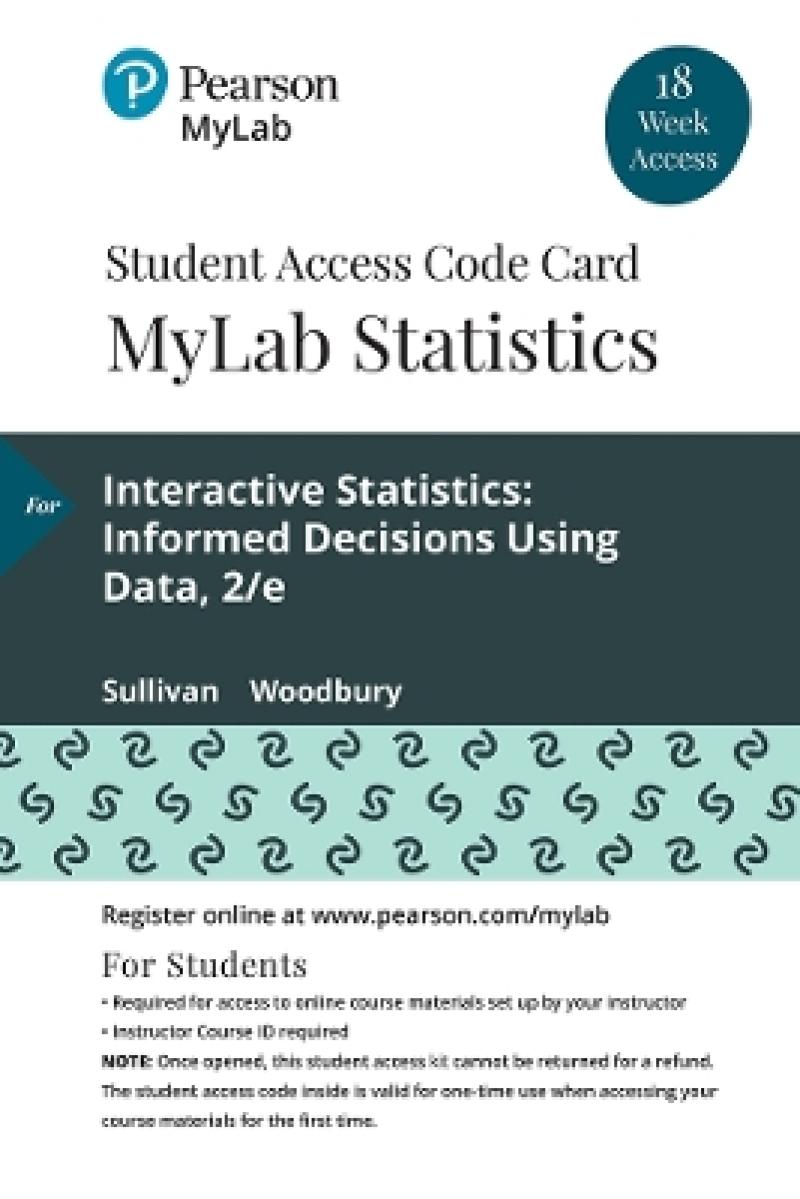Produktdetaljer
Biographical note
About our authorsMichael Sullivan, III has training in mathematics, statistics and economics, with a varied teaching background that includes 27 years of instruction in both high school- and college-level mathematics. He is currently a full-time professor of mathematics at Joliet Junior College. Michael has numerous textbooks in publication, including an Introductory Statistics series and a Precalculus series which he writes with his father, Michael Sullivan.
Michael believes that his experiences writing texts for college-level math and statistics courses give him a unique perspective on where students are headed once they leave the developmental mathematics tract. This experience is reflected in the philosophy and presentation of his developmental text series. When not in the classroom or writing, Michael enjoys spending time with his 3 children, Michael, Kevin and Marissa, and playing golf. Now that his 2 sons are getting older, he has the opportunity to do both at the same time!
George Woodbury earned a bachelor's degree in Mathematics from the University of California - Santa Barbara and a master's degree in Mathematics from California State University - Northridge. He currently teaches at College of the Sequoias in Visalia, CA, just outside of Fresno. George has been honored as an instructor by both his students and his colleagues. Aside from teaching and writing, George served as the department chair of the math/engineering division from 1999 through 2004. He has been a user of MyLab Math and MyLab Statistics since inception, continually coming up with creative ways to integrate his teaching methods with technology. He actively blogs his thoughts on math, statistics, teaching and study skills.
